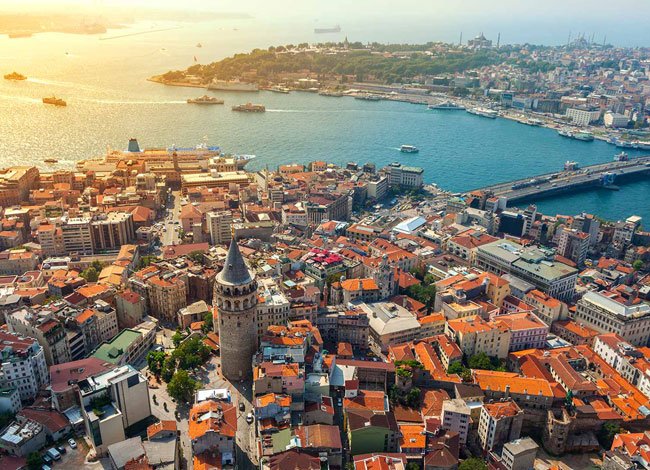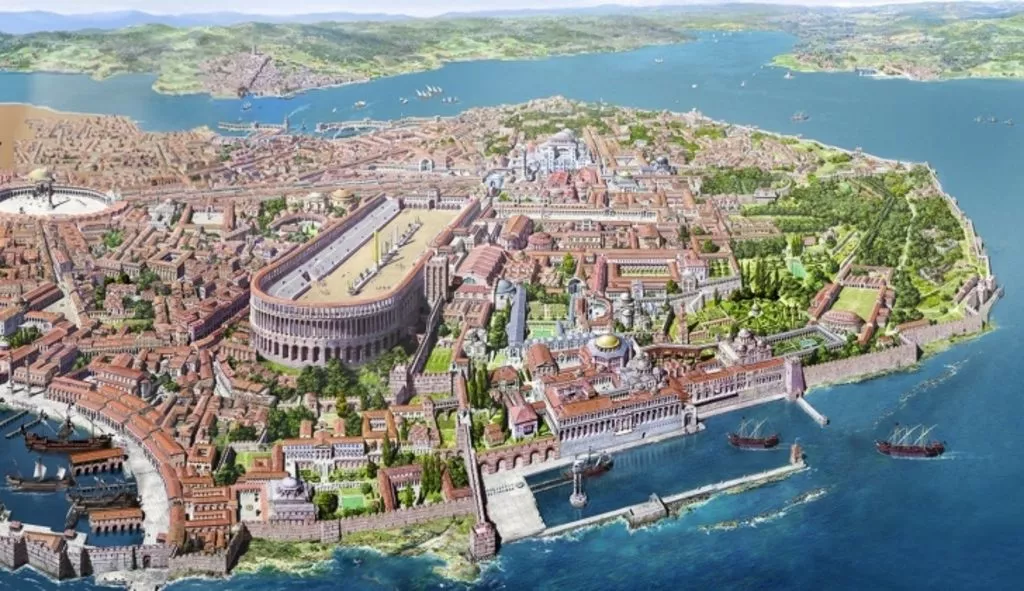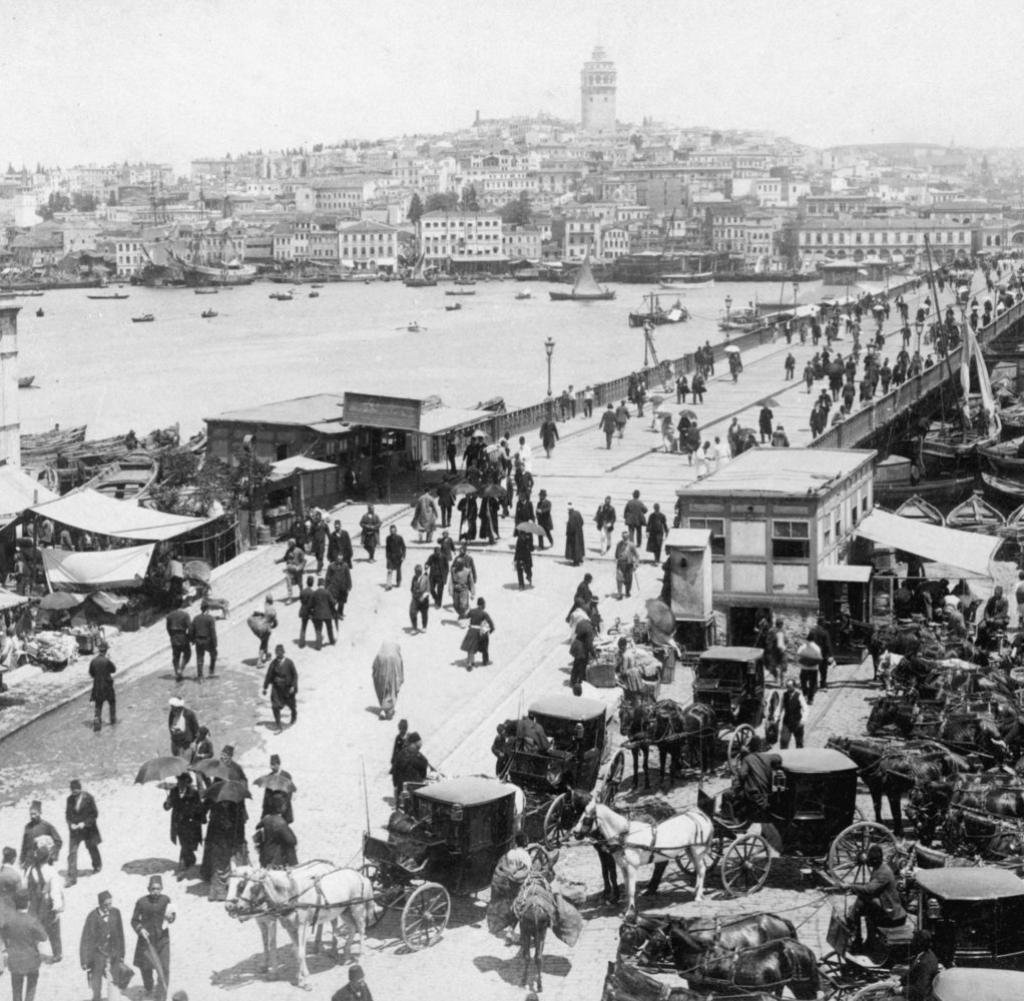A SHORT HISTORY OF ISTANBUL
The sprawling metropolis of more than 15 million people, Istanbul is a city full of history, culture and intrigue. Its strategic location at the crossroads of Europe and Asia has made it a coveted prize for centuries as empires and armies fight for control over its lands. From its humble beginnings as a Greek fishing village to its current position as a global economic powerhouse, Istanbul has undergone countless transformations and played a pivotal role in shaping the course of world history.

Here is the history of Istanbul. The oldest known settlement in Istanbul dates back to the 7th century BC, when the Greek colony of Byzantium was founded. Located at the strategic strait of the Bosphorus, the colony became a rapidly developing commercial center and served as a hub for trade between the Black Sea and the Mediterranean. The city's strategic location also made it a coveted prize, and at various points in its history it was plundered by the Persians, Romans, and Goths.
In AD 324, Emperor Constantine I made Byzantium the new capital of the Roman Empire and renamed the city Constantinople in his honor. Under his rule, the city underwent a major transformation, with large public buildings, churches and aqueducts built throughout the city. With the construction of Hagia Sophia, one of the most magnificent examples of Byzantine architecture, the city became the center of the Christian world.

After the fall of the Roman Empire, Constantinople continued to flourish under the rule of the Byzantine Empire. The city was besieged by Arab armies in the 7th and 8th centuries, but managed to repel these attacks and remained a prosperous and influential city. In the 6th century, during the reign of Emperor Justinian I, the city was transformed again with the construction of the Basilica Cistern and other major public works.
In 1453, after Istanbul was besieged by Mehmed the Conqueror, the Ottoman Empire finally captured Constantinople and renamed it Istanbul. Under the Ottoman rule, the city underwent a major transformation with palaces, mosques and public works. The most famous of these is also known as the Blue Mosque, which was completed in 1616 and is one of the most iconic structures in Istanbul. Istanbul, a part of the Republic of Turkey, continued to grow and modernize the city with new neighborhoods, parks and public works. Today, Istanbul is a vibrant metropolis that bridges Europe and Asia, seamlessly blending its rich history with vibrant modern culture.



